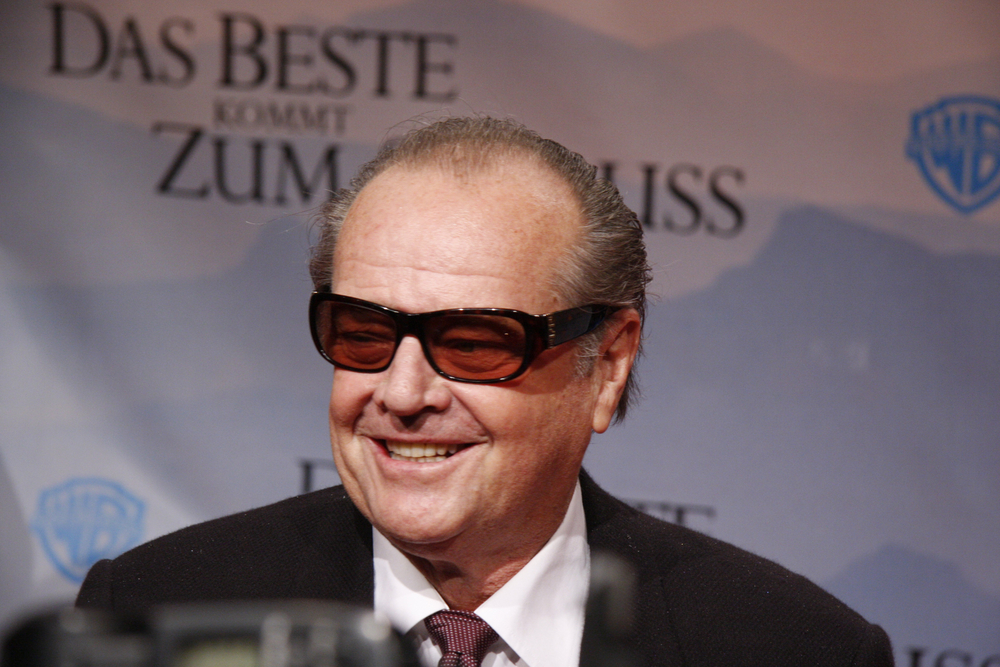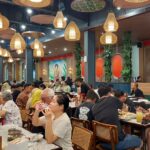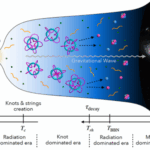“His mind is gone”: 86 Year Old Hollywood Legend Jack Nicholson Reportedly Lives in $5M Mansion Alone, Wanders 3,303 Square Foot Home on His Own

There comes a point in life where the noise fades, the lights dim, and the world feels a little quieter. For Jack Nicholson, a man who once ruled the screen with his energy and charisma, that moment has come. His mansion, sprawling and beautiful, is now more than a home—it’s a sanctuary, a space where echoes of his golden years linger in the stillness.
At 86, the man who brought unforgettable characters to life is now writing the final chapters of his own story. Not with blockbuster premieres or red-carpet events, but with solitude and reflection. His retreat from the public eye isn’t just about aging—it’s about the deeper journey we all take, the one that asks: Who am I when the applause stops?
Nicholson’s Secluded Life
Once a master of commanding attention, Jack Nicholson now lives in a space where silence reigns. His $5 million mansion, with its luxurious 3,303 square feet, stands as both a fortress and a reflection of his retreat from the world. The vibrant charm that once made him a Hollywood fixture now quietly resides within the walls of his home.
Friends describe his life today as centered around his two children, Ray and Lorraine, who have become his closest companions and caregivers. It’s a profound shift for a man who once thrived in the limelight, surrounded by adoring fans and the excitement of Hollywood’s social scene.
The whispers of concern among those who know him have grown louder in recent years. Reports suggest that cognitive decline, possibly dementia, may be shaping this reclusive chapter of his life. His public appearances, once a constant, have dwindled to none, leaving fans to wonder about the man who brought so many stories to life but now keeps his own locked away.
Nicholson’s home, though opulent, feels symbolic of his withdrawal. Its sprawling layout and luxurious amenities—multiple bedrooms, a pool, and more—stand in stark contrast to the simplicity and solitude that now define his days. The lively gatherings and energy that once filled these spaces have been replaced by quiet moments of reflection and stillness.
This choice of solitude, however, is more than just a lifestyle change; it’s a transformation. Nicholson’s retreat invites us to think about what happens when someone who once thrived on connection suddenly steps away. Is it a surrender, or is it a search for something deeper—something the limelight could never offer?
From Red Carpets to Quiet Rooms
 Image source: Shutterstock
Image source: Shutterstock
Jack Nicholson’s retreat from the public eye wasn’t sudden—it was a gradual step back from the limelight. Once a familiar face at Lakers games and Hollywood events, he now lives a quieter life, largely confined to his $5 million mansion. Friends and family say his world has grown smaller, centered on his children, Ray and Lorraine, who care for him in this new chapter.
Reports suggest cognitive challenges, possibly dementia, have influenced his withdrawal. Once known for his vibrant social presence, Nicholson now avoids public spaces entirely, leaving fans and friends concerned for his well-being. A longtime friend shared, “Jack doesn’t leave his house anymore. I think his son and daughter are looking after him now.”
This shift speaks to a universal truth: even icons aren’t immune to the vulnerabilities of aging. Social withdrawal can accelerate mental and emotional challenges, particularly in older adults, as studies have shown. For Nicholson, this transition isn’t just about fading fame—it’s about facing life beyond the roles he played.
Perhaps, in his solitude, he’s seeking something deeper: peace, reflection, or simply a moment to rest after a life lived so publicly. It’s a question many face when the noise quiets and the spotlight dims—what truly matters when the applause is gone?
Loved Ones Worried About Jack’s Solitude
 Image source: Shutterstock
Image source: Shutterstock
Jack Nicholson’s reclusive lifestyle has not only caught the attention of fans but also sparked deep concern among his friends. For years, he was a magnetic force in Hollywood—a man who thrived in social settings and cultivated a life full of vibrant connections. Now, his decision to retreat into solitude feels like a stark contrast, leaving those closest to him questioning what lies beneath the quiet.
Reports from friends suggest that Nicholson’s world has become increasingly closed off. His once-frequent public appearances have vanished, replaced by days spent within the confines of his Mulholland Drive mansion. “Jack doesn’t leave his house anymore,” a longtime friend shared. “His son and daughter are taking care of him now.” This insight paints a picture of a man who is not just stepping away from the limelight but from the connections that once defined his life.
The toll of this isolation extends beyond the social sphere. Studies consistently show that social withdrawal in older adults significantly raises the risk of depression, anxiety, and cognitive decline. Nicholson’s withdrawal mirrors a growing challenge faced by aging individuals everywhere: the difficulty of maintaining connection as health and mobility decline.
For those who know and love him, the concern isn’t just about his absence from the public eye—it’s about the man they remember, the vibrant personality that brought joy to countless lives. They worry not just for his physical health but for the impact of solitude on his spirit.
A Career That Redefined Greatness
 Image source: Shutterstock
Image source: Shutterstock
Jack Nicholson wasn’t just an actor—he was a storyteller who made you feel. Whether it was the chaos of Jack Torrance in The Shining or the rebellion of Randle McMurphy in One Flew Over the Cuckoo’s Nest, his characters weren’t just roles—they were reflections of the human experience. With every line, every expression, he showed us raw, unfiltered humanity. That’s what made him unforgettable.
With 12 Academy Award nominations and three wins, Nicholson didn’t just play characters—he became them. From the sinister brilliance of The Joker in Batman to the gruff yet lovable Melvin Udall in As Good as It Gets, he proved time and time again that he could dive into the depths of any role. His performances weren’t just entertainment; they were moments that made us pause, reflect, and connect with something deeper.
But his legacy isn’t just about the trophies or the box office numbers. It’s about the way his work made us think differently about ourselves and the world. Jack Nicholson reminded us of the power of storytelling—not just to entertain, but to challenge, to inspire, and to leave a piece of ourselves behind. His work speaks, even in the silence of his twilight years, reminding us all to live boldly and authentically, no matter the role we play.
A Quiet Chapter We All Face
There comes a time in life when the applause stops, the crowds disperse, and we’re left with the quiet—just ourselves and our thoughts. Jack Nicholson’s journey reminds us of that truth. He’s no longer the magnetic figure in the spotlight, but a man navigating the same challenges we all face as time catches up with us. His retreat isn’t just about fame fading—it’s about the human need to slow down, to reflect, and, maybe, to find peace.
But his story also holds a mirror up to us. It’s a reminder of how vital connection is, especially in the later chapters of life. Nicholson’s children, his caregivers, stand as a testament to the power of love and family. They remind us that even when the world feels distant, a simple gesture of care can bring light to the darkness.
In the end, Nicholson’s life asks us to do something simple yet powerful: reach out. Call the people you love. Check in on the ones who seem withdrawn. Because one day, we’ll all face the same quiet. And in that moment, it won’t be the spotlight we’ll miss—it will be the love, the connection, and the people who remind us we’re never truly alone.
Featured Image Source: Shutterstock
Loading...






